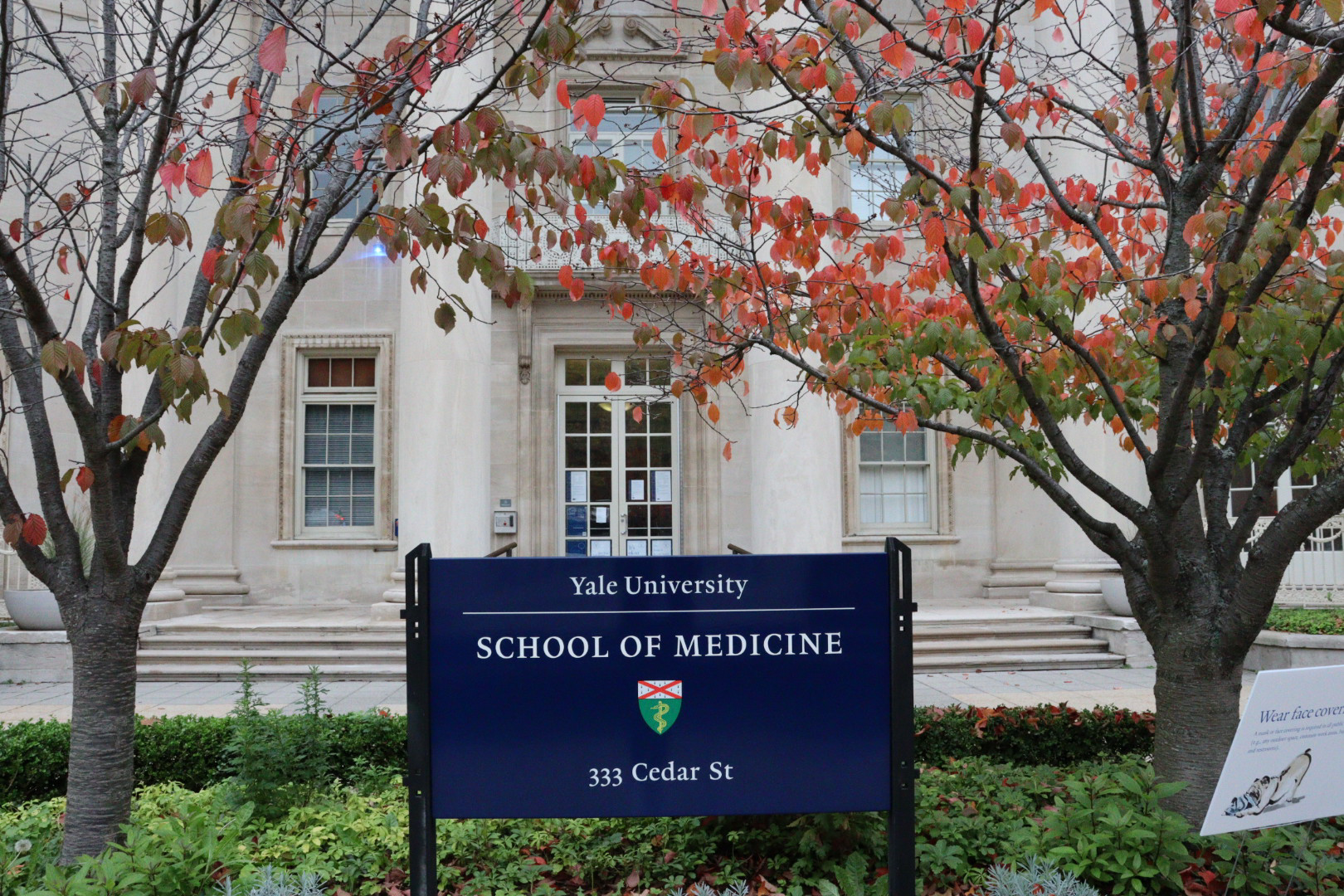Black children more likely to be physically restrained in emergency departments, study finds
New Yale study finds that Black patients are more likely to be physically restrained in emergency departments, even after removing the influence of socioeconomic factors.

Hedy Tung, Staff Photographer
A recent study from the Yale School of Medicine found that Black children are more likely to get physically restrained in emergency departments than children of other races, even after accounting for socioeconomic factors.
The study, published in the journal “JAMA Pediatrics” this month, found a disparity in physical restraint use between Black non-Hispanic children and white non-Hispanic children, where Black children were 80 percent more likely than white children to be physically restrained during emergency department visits. Researchers used seven years of data from 11 different emergency departments in New England — amounting to over 500,000 pediatric emergency department visits. The study highlights the urgent need to address structural and implicit racism in hospitals, its authors said.
“Even when we controlled for people coming in with the same mental illness and the same problems, just being Black alone significantly increases your risk [of getting physically restrained at emergency departments],” said Ambrose Wong, a physician-scientist in the Department of Emergency Medicine at Yale and senior author of the study.
Black adults are also more likely to be physically restrained than other racial groups in emergency departments, based on a previous study also conducted at the School of Medicine. The new study showed that this racial disparity is even wider among children than among adults.
Black children are 80 percent more likely than white children to be physically restrained in emergency departments, according to the study.
Physical restraints are meant to prevent harm to patients and medical staff. They are used on agitated or aggressive patients as a last resort, only after other attempts to verbally calm and understand the patients have failed, according to Wong. However, when alternative measures do fail, patients are strapped down to their beds at the wrists and ankles. The process usually involves five to six staff but can involve up to ten or twenty staff, depending on the situation, Wong said.
“There is a tremendous impact, what we call ACEs, Adverse Childhood Experiences, or psychological trauma that happens when we physically and or pharmacologically restrain children,” according to Marc Auerbach, a professor of Pediatrics and Emergency Medicine at the School of Medicine.
While the threshold to use physical restraints on children is higher than it is for adults, interpersonal racism can implicitly influence how medical staff behave around Black children, according to Destiny Tolliver ’12 , lead author of the study.
“My concern is, are we trying a little less hard to verbally de-escalate Black kids?” Tolliver said. “Are we feeling a higher perception of threat with Black kids? Those are examples of interpersonal racism that could lead us to shorten these steps that are supposed to stop us from needing physical restraints.”
The perception of Black children as “difficult to control” goes beyond the medical setting, Tolliver said. Black children are sometimes brought into the emergency department by the police. Studies have long shown that Black communities are overpoliced and the use of handcuffs by law enforcement resembles the use of physical restraints in the medical world, Tolliver, citing that both have the same appearance of control.
Structural racism can also play a key role, Wong said. He cited that a lack of secure housing, lower income, less access to mental health resources and childhood trauma associated with these experiences can all put Black individuals at a higher risk of agitation, which is often accompanied by symptoms of depression, grief, irritability and nervousness.
Policies and regulations on the use of physical restraints in hospitals have always existed. Currently, staff at Yale New Haven Hospital go through an eight-hour class on de-escalation when they start their jobs and attend additional four-hour trainings every subsequent year, according to Lawrence Siew, the medical director of the YNHH Children’s Emergency Department. Clinical staff also receive training on the use of physical restraint every other year. In the last five years, however, there has been a shift in focus for hospital training, according to Auerbach.
“Our shift now has been not ‘there’s an agitated patient, how can we restrain them?’ but [rather,] ‘there’s a patient who’s starting to show signs of impending agitation, how can we intervene and do either environmental de-escalation or activities-based de-escalation?’” Auerbach said.
Pediatric medical staff across YNHHS are now being trained to identify early signs of agitation, such as boredom, and prevent these signals from escalating to aggressive behaviors, according to Auerbach. In 2019, the YNHHS also started hiring so-called “milieu counselors” in emergency departments, who are responsible for understanding patient triggers and for helping patients who show signs of aggression.
Moving forward, the research team will work to understand how they can reduce the use of restraints for all kids, according to Tolliver.
Tolliver added that the team is also considering a qualitative research study to better understand medical staff members’ perception of “threat and what is happening institutionally or in the clinical moment that leads to the use of restraint.”
Physical restraints have a history of causing patient deaths in psychiatric wards, with an estimated one to three deaths every week across the nation in 1998, according to the Hartford Courant.
Correction, Sept. 22: The original version of this story said that the study was published in the journal “JAMA Network.” In fact, it was published in JAMA Pediatrics. The story has been updated.
Clarification, Sept. 22: The original version of this story did not include that it usually takes five to six staff to physically restraint a patient. The story has been updated to include that information to provide more context to the reader.







